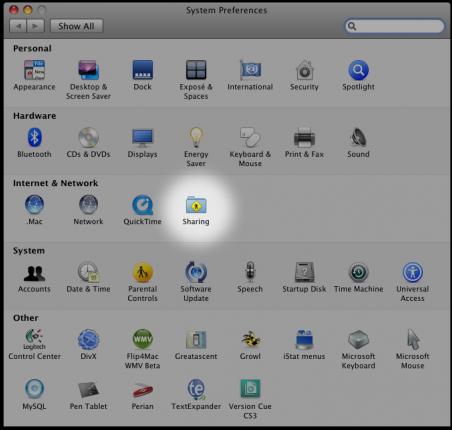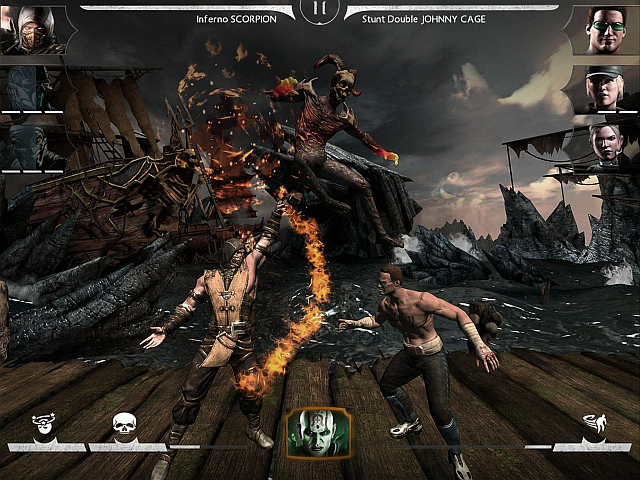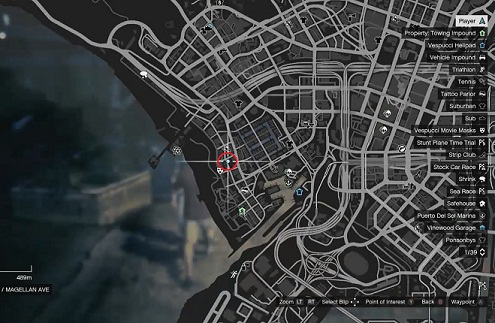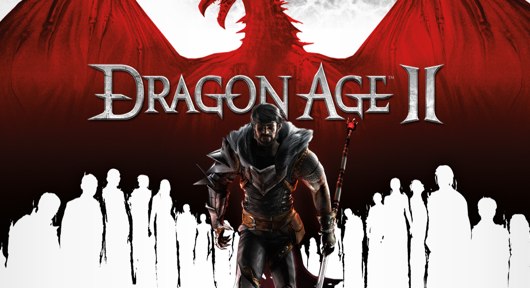

There’s a new trend in game development: making Victorian England as weird as possible. The 2015 gaming season kicked off with The Order: 1886, the PlayStation 4 exclusive which turned the streets of London into the scene of a werewolf-fueled rebellion, while upcoming titles include the ultra-gothic Bloodborne and next fall’s annual installment in the Assassin’s Creed franchise, Assassin’s Creed Victory.
But none of these games can compete in terms of pure insanity to Code Name S.T.E.A.M., the new real-time strategy game for the Nintendo 3DS. In Code Name S.T.E.A.M., players take control of a squadron of steampunk soldiers, most of whom are ripped straight from the pages of classic English and American literature. Under the guidance of Abraham Lincoln (who faked his own death to start the top-secret security agency, as one does), the agents of S.T.E.A.M. battle alien invaders in locations like Buckingham Palace, downtown Boston, and HP Lovecraft’s Miskatonic University.
It’s just as bonkers as it sounds, and Code Name S.T.E.A.M.‘s unique setting is by far its biggest draw. While the plot itself is fairly basic, every member of the game’s cast is distinct and well-rounded. For the most part, the acting is excellent, too, with nerdlebrity Will Wheaton and renowned voice actor James Urbaniak (The Venture Bros.) stealing the show as Honest Abe and Professor Randolph Carter, respectively.
The game’s cutscenes are more of a mixed bag. Each “shot” is composed like a panel from a comic book, using 3D models and limited animation. As a result, videos often feel more like complex dioramas than actual movies. That’s a clever use of the 3DS’ (relatively) limited processing power; it also doesn’t translate into the kind of action-packed, hyperkinetic storytelling that Intelligent Systems seems to be going for. Still, everything is fun and fast-paced enough that the occasional plot hiccup doesn’t matter. The world of Code Name S.T.E.A.M. transcends its faux-comic book roots, to create something fresh, exciting, and infinitely compelling.
Despite the gleefully energetic premise, however, don’t be fooled: Code Name S.T.E.A.M. is a real-time strategy game through and through. Players and the computer take turns moving characters, collecting items, and attacking opponents. Each character has his or her own supply of steam; moving a single space costs one steam unit, while firing a weapon consumes between two and five. Steam recharges between turns, but there’s no undo feature. Once a character attacks or heals, that’s it. As such, victory relies on careful planning, deliberate action, and just a little bit of luck.
Every character has his or her own signature move, making them suited for different situations, and the key to beating Code Name S.T.E.A.M.‘s dozen or so missions (each one containing between one and three maps) lies in figuring out how to best use these abilities together. The steel-driving man John Henry, for example, lobs grenades, breaking up crowds and dealing damage from afar. The Cowardly Lion of The Wizard of Oz fame pounces on bad guys, and can leap on top of platforms. Moby Dick’s tattooed cannibal Queequeg sends explosive penguins after enemies, letting players attack from afar as long as they’ve got a clear line of sight. Characters can also wield generic firearms and equip “boilers” to bolster their steam supply, and each one has his or her own devastating special move, which can be used once per map.
On its own, it’s an intriguing set-up, but it doesn’t sound that different from Intelligent Systems’ other strategy games, like Fire Emblem and Advance Wars. That’s where Code Name S.T.E.A.M.‘s unique 3D perspective comes in. While most real-time strategy titles take a top-down or isometric view, Code Name S.T.E.A.M. looks and controls like a third-person action title. Players can only see what their characters can see, making combat feel less like a tactical battle and more like a deadly game of hide and seek.
When this system works, it’s immensely satisfying. Characters who don’t use all of their steam during their turn can wait behind barriers and unleash devastating sneak attacks called “overwatch” moves; just be aware that enemies can do the same thing. Falling victim to a well-placed ambush is just as excruciating as executing a perfectly planned trap is thrilling. Never knowing where the enemy will strike next builds a sense of constant, escalating tension that many real-time strategy titles lack.
Unfortunately, the 3D perspective also leads to the game’s biggest problem. Thanks to the limited camera angles, when the computer moves its characters – which takes forever – most of the actions take place outside of the players’ view. However, players still have to sit through each enemy movement in real-time, leading to long stretches where absolutely nothing is happening on screen. Imagine a game where you spend half your time staring at a loading screen; that’s what it’s like to play Code Name S.T.E.A.M.
To Intelligent Systems’ credit, Code Name S.T.E.A.M. tries to keep things interesting by automatically switching to the best view of the action, but that actually makes the problem worse. Often, the “best” camera angle is simply a shot of a wall. Further, the system isn’t perfect, and occasionally you’ll miss one of the few snippets of on-screen action because the game decided to show it from the wrong character’s perspective.
It’s a baffling design decision, and ultimately makes Code Name S.T.E.A.M. feel like a chore. In the beginning, enemy turns are just annoying. Later in the game, when there are more enemies in the levels, they’re outright tedious. By the end of the game, players can put the 3DS down, make a sandwich, and return before the computer is done moving – and they won’t miss a single piece of the action.
The game has some other quirks, too. Sometimes, thanks to the character-specific point-of-view, it can be hard to aim in crowded situations, leading to fatal mistakes. Players can’t pause during enemy turns either, so when a map goes sour they’ll still have to sit through the interminable enemy movement phase before reverting to their last save. Player characters don’t always unleash overwatch attacks when it seems like they should, and enemy types are hard to tell apart on the 3DS’ small screen, making it difficult to prepare appropriate strategies.
Ultimately, Code Name S.T.E.A.M. isn’t a challenging game, but it’s a hard one to get through all the same. Quite simply, there’s too much down time, and when a strategy goes bad because of one of the game’s small bugs, it’s infuriating simply because it means waiting through another round of enemy movements before setting things right. Sadly, some of the more open levels – where the action is clear, and there’s always something happening on screen – show off what the game could’ve been, with a colorful cast and satisfying, strategic gameplay. The world of Code Name S.T.E.A.M. is an awfully nice place to visit, it’s just too bad that there’s not a more exciting game attached, too.
Code Name S.T.E.A.M. hits store shelves and the Nintendo eShop on March 13, 2015, exclusively for the Nintendo 3DS. Game Rant was provided a 3DS code for this review.




 Witcher 3: How to Get School of the Viper Armor Diagrams
Witcher 3: How to Get School of the Viper Armor Diagrams GTA 5: Locations of all Humans / Characters of Los Santos
GTA 5: Locations of all Humans / Characters of Los Santos Top 4 Best Crysis 2 Mods Thatll Make Your Jaws Drop
Top 4 Best Crysis 2 Mods Thatll Make Your Jaws Drop Dragon Age 2 Xbox 360 Achievements
Dragon Age 2 Xbox 360 Achievements 40 Mind Blowing Pokemon Secrets and Facts
40 Mind Blowing Pokemon Secrets and Facts